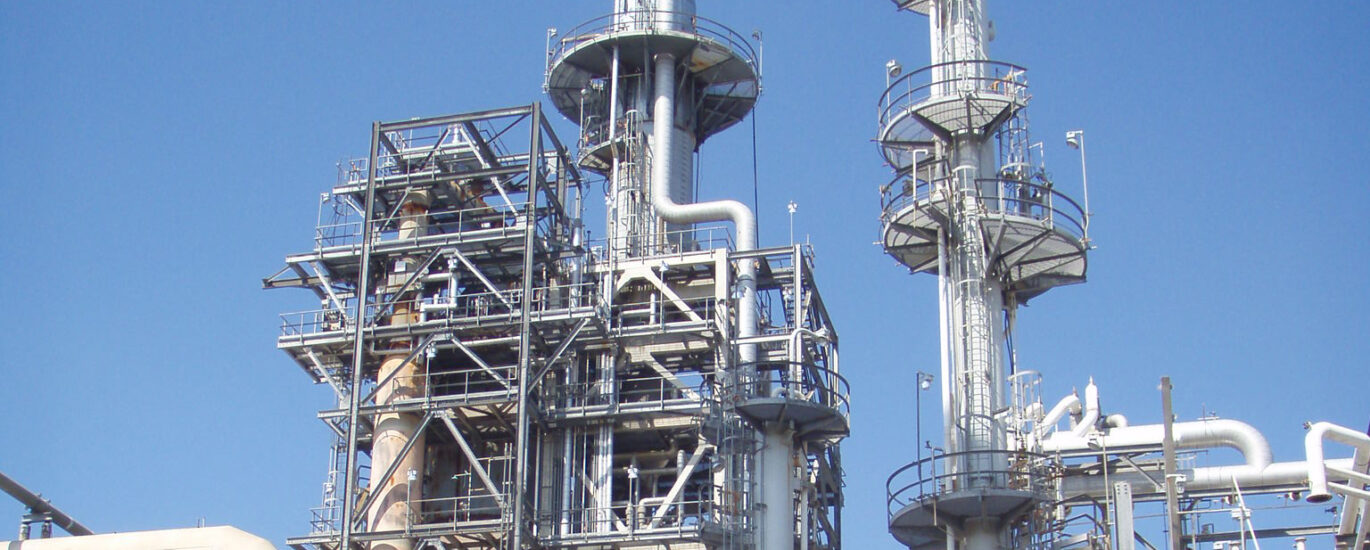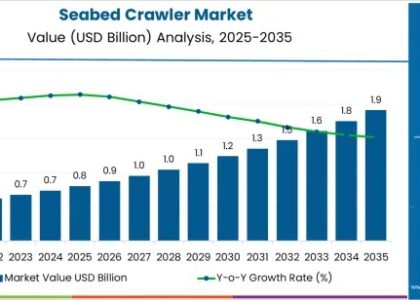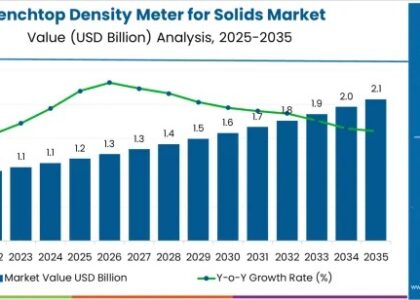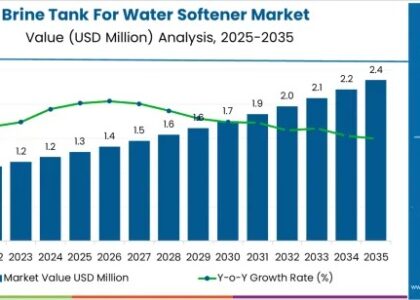The global Heavy Oil Cracking Catalyst market is poised for remarkable growth as new advancements redefine the energy sector. According to a recent study by Future Market Insights, the market, valued at USD 2.6 billion in 2022, is projected to grow at a CAGR of 4.3% during the forecast period from 2022 to 2032, reaching a valuation of USD 3.93 billion by 2032.
This press release delves into the core elements of heavy oil cracking catalysts, shedding light on their significance, growth prospects, key market drivers, trends, and challenges shaping the future of the industry.
Understanding the Heavy Oil Cracking Catalyst
Heavy oil cracking catalysts play a pivotal role in the petroleum refining industry. They facilitate the conversion of heavy crude oil into valuable lighter fractions like gasoline and diesel, addressing the global demand for energy-efficient and cost-effective fuel solutions.
These catalysts enable high conversion rates while reducing energy consumption and environmental impact, aligning with the growing emphasis on sustainable energy practices. By optimizing the yield and quality of refined products, heavy oil cracking catalysts are indispensable in enhancing refinery performance and profitability.
Heavy Oil Cracking Catalyst Value and Growth Projections
The global heavy oil cracking catalyst market is on a steady growth trajectory. The increasing global demand for fuel, coupled with advancements in refining technologies, has bolstered the adoption of these catalysts.
- Market Valuation (2022): USD 2.6 billion
- Projected CAGR (2022-2032): 4.3%
- Expected Valuation (2032): USD 3.93 billion
This growth is attributed to rising investments in refinery infrastructure, stringent environmental regulations pushing for cleaner fuels, and technological innovations driving efficiency in catalytic processes.
Key Takeaways
- Sustainability and Efficiency: Heavy oil cracking catalysts are critical for sustainable energy production, addressing global environmental concerns.
- Market Growth: A steady increase in demand for refined fuels is propelling the market’s expansion, with significant opportunities in emerging economies.
- Innovation-Driven Demand: Cutting-edge developments in catalyst formulations and processing techniques are unlocking new growth avenues.
Prominent Drivers of the Heavy Oil Cracking Catalyst Market
- Rising Energy Demand: The escalating global energy requirements, particularly in developing regions, are fueling the need for efficient refining processes.
- Advancements in Catalyst Technology: Breakthroughs in nanotechnology and innovative catalyst designs are enhancing performance, enabling higher yield efficiency.
- Environmental Regulations: Stringent laws promoting reduced emissions and cleaner fuel production have accelerated the adoption of high-performance catalysts.
- Refinery Upgrades: Increased investments in refinery modernization projects to meet evolving fuel standards are spurring demand for advanced heavy oil cracking catalysts.
Key Companies Profiled
Haldor Topsoe; China National Petrochemical Company; Axens; Johnson Mathey; CRI Catalyst Company; Süd-Chemie; Albemarle Corporation; Grace Davison, Inc.; BASF SE; ExxonMobil Chemical; Other Key Players
Heavy Oil Cracking Catalyst Trends and Restraints Assessment
Trends
- Focus on Sustainability: With the global shift toward greener practices, the industry is witnessing innovations in catalysts that reduce carbon footprints and boost energy efficiency.
- Adoption of Digital Refining Technologies: Integration of AI and IoT in refinery operations is optimizing catalyst performance and reducing operational costs.
- Emerging Markets Expansion: Asia-Pacific and Middle Eastern regions are witnessing rapid growth due to increasing refinery capacities and heavy oil reserves.
Restraints
- High R&D Costs: The development of advanced catalyst solutions involves significant investment, which may pose challenges for smaller market players.
- Fluctuating Raw Material Prices: Volatility in the prices of rare earth metals and other raw materials used in catalysts impacts production costs.
- Technological Barriers: Adapting existing refineries to newer catalyst technologies may require substantial capital expenditure, potentially delaying adoption.
Market Segmentation
By Catalyst Type:
- Alumina
- Silica
- Zeolites
- Others
By Hydrocarbon Type:
- Vacuum Gas Oil (VGO)
- Resid
- Oil Sands
By Application:
- Cracking
- Olefin Reduction
- Propene Enhancement
- Others
By Region:
- North America
- Latin America
- Europe
- South Asia Pacific
- East Asia
- Middle East & Africa
About Future Market Insights (FMI)
Future Market Insights, Inc. (ESOMAR certified, recipient of the Stevie Award, and a member of the Greater New York Chamber of Commerce) offers profound insights into the driving factors that are boosting demand in the market. FMI stands as the leading global provider of market intelligence, advisory services, consulting, and events for the Packaging, Food and Beverage, Consumer Technology, Healthcare, Industrial, and Chemicals markets. With a vast team of over 400 analysts worldwide, FMI provides global, regional, and local expertise on diverse domains and industry trends across more than 110 countries. Join us as we commemorate 10 years of delivering trusted market insights. Reflecting on a decade of achievements, we continue to lead with integrity, innovation, and expertise.
Contact Us:
Future Market Insights Inc.
Christiana Corporate, 200 Continental Drive,
Suite 401, Newark, Delaware – 19713, USA
T: +1-347-918-3531
For Sales Enquiries: sales@futuremarketinsights.com
Website: https://www.futuremarketinsights.com
LinkedIn| Twitter| Blogs | YouTube






